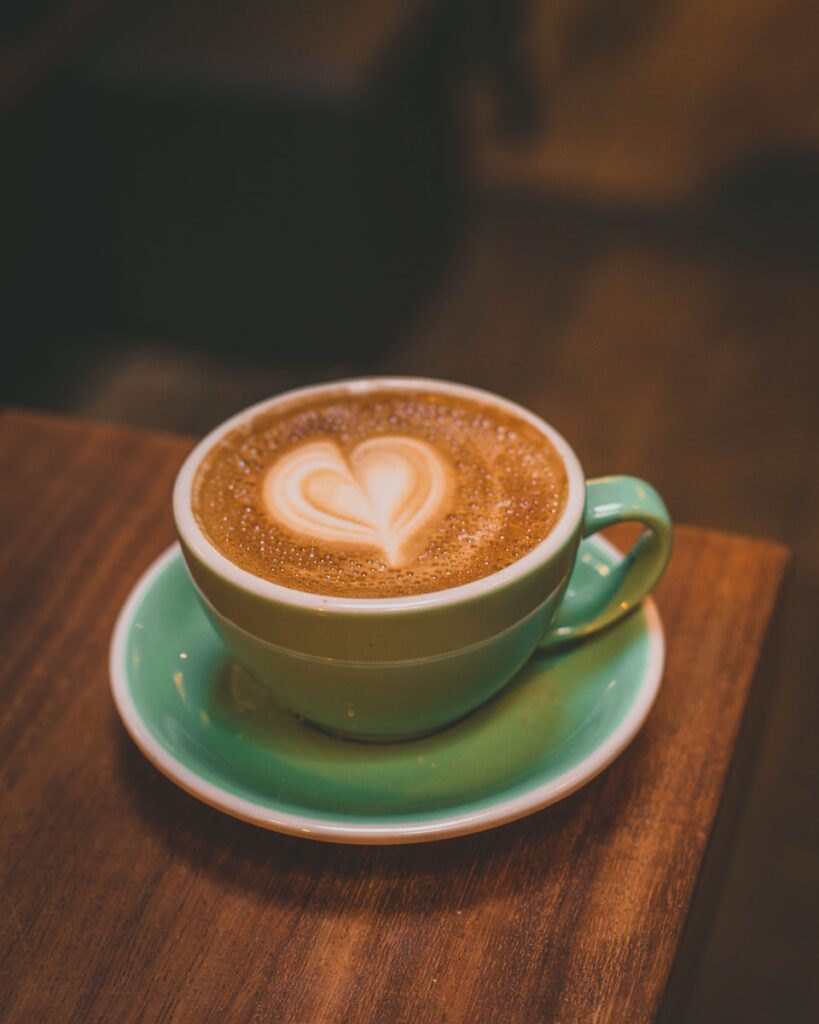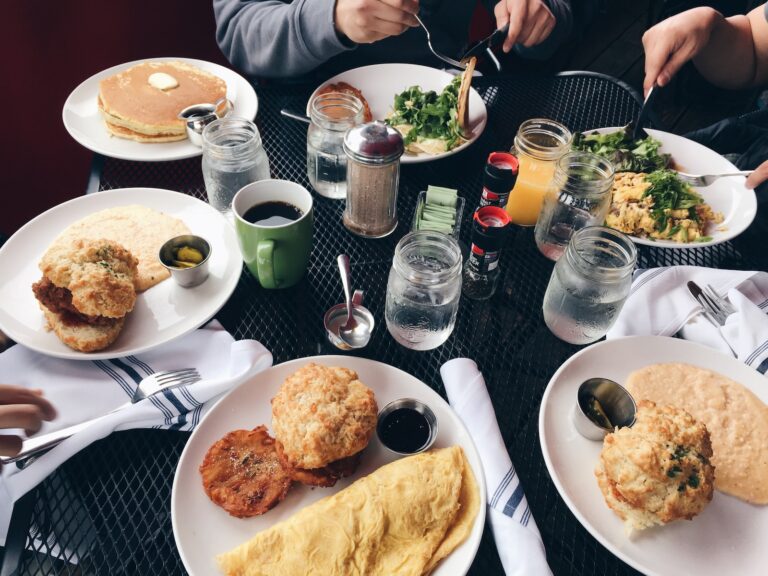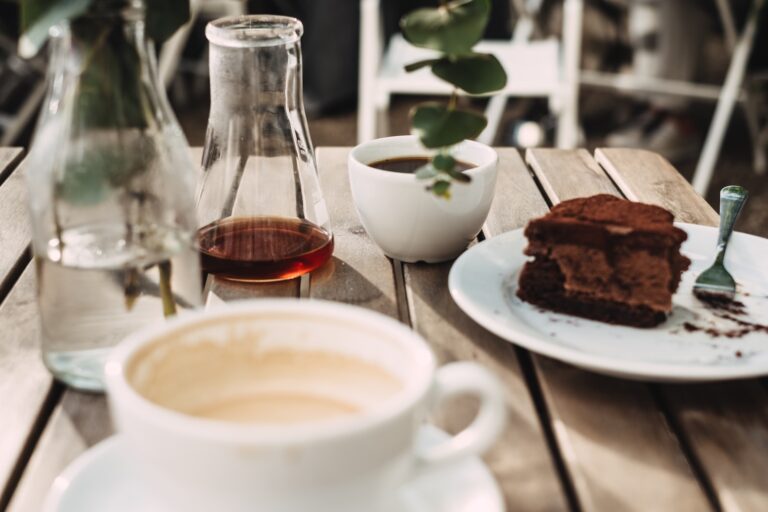Are you tired of starting your day with a lackluster cup of coffee that fails to ignite your senses? Or perhaps you dream of unlocking the secret to brewing tea that envelops you in an alluring aroma and leaves an unforgettable taste on your palate. Well, look no further, because we are about to demystify the art of crafting a truly perfect cup!
Whether you’re a dedicated coffee aficionado or a tea enthusiast seeking new heights in flavor exploration, this blog post is here to guide you towards mastering the timeless skill of brewing excellence. So grab your favorite mug and prepare for a journey into the realms of sensory delight as we unlock the secrets behind brewing the perfect cup!
Introduction: Importance of a Good Cup of Coffee/Tea

Coffee and tea have been enjoyed for centuries, with their rich aromas and complex flavors making them some of the most beloved beverages in the world. In fact, it is estimated that over 2 billion cups of coffee are consumed worldwide every day, making it one of the most popular drinks in the world.
But what makes a good cup of coffee or tea? Is it the type of beans or leaves used? The brewing method? Or is it something else entirely?
In this section, we will delve into the importance of a good cup of coffee or tea and why mastering the art of brewing is essential to truly enjoying these beloved drinks.
The Role of Quality Ingredients
The first and perhaps most obvious factor in creating a great cup is using high-quality ingredients. Just like any other food or drink, starting with good quality beans or leaves will make all the difference in taste and flavor.
For coffee lovers, this means investing in freshly roasted whole beans rather than pre-ground ones. Whole beans retain their freshness and flavor much longer than ground ones, ensuring that your cup tastes as fresh as possible. As for tea enthusiasts, opting for loose leaf teas rather than bagged teas allows for more room for expansion during steeping, resulting in fuller flavor extraction.
Brewing Methods Matter
Another important aspect to consider when aiming for perfection is the brewing method. Different methods can result in vastly different flavors even when using the same ingredients.
The Basics of Brewing: Water, Temperature, and Ratio
Brewing the perfect cup of coffee is a delicate balance between science and art. While there are many factors that can impact the taste of your brew, three crucial elements to pay attention to are water, temperature, and ratio. In this section, we will delve into the basics of these three components and how they can help you achieve that perfectly brewed cup.
Water:The quality of water is often overlooked when it comes to brewing coffee. However, it plays a significant role in determining the taste and aroma of your coffee. It is essential to use fresh, clean water for brewing as any impurities or chemicals can affect the flavor.
Furthermore, the mineral content of water also affects brewing. Water that is too hard (high mineral content) can result in an over-extracted and bitter brew, while soft water (low mineral content) may lead to a weak and under-extracted cup. Therefore, it is recommended to use filtered or bottled water with a balanced mineral composition for optimal results.
Temperature:
The temperature at which you brew your coffee also has a direct impact on its flavor profile. The ideal range for brewing coffee is between 195-205 degrees Fahrenheit (90-96 degrees Celsius). If the temperature is too low, you risk under-extracting the grounds resulting in a weak cup. On the other hand, if it’s too high, you run the risk of over-extraction leading to a bitter and unpleasant taste.
Choosing the Right Beans/Leaves
When it comes to brewing the perfect cup of coffee or tea, one of the most important factors to consider is choosing the right beans or leaves. The type and quality of your beans/leaves will greatly affect the taste, aroma, and overall flavor profile of your beverage. In this section, we will discuss some key points to keep in mind when selecting your beans/leaves to help you master the art of brewing.
1] Decide on Your Preferred Flavor Profile: Before you even start browsing for beans/leaves, it’s important to know what kind of taste you are looking for in your cup. For coffee, do you prefer a rich and bold flavor or a more subtle and delicate one? For tea, do you want something floral and light or robust and earthy? Knowing these preferences will help narrow down your options.
2] Consider Origin: Just like how grapes from different regions produce different flavors in wine, beans/leaves grown in different areas also have distinct characteristics. Each country has its own unique terroir that influences the taste of their produce. Do some research on which origins tend to create flavors that align with your preferred profile.
3] Freshness Matters: When buying whole beans/leaves, make sure they are as fresh as possible for optimum flavor extraction. Beans can be roasted anywhere between 4-21 days before being sold while tea leaves should ideally be consumed within 6 months after harvest.
Grinding Techniques and Equipment
Introduction:
Grinding coffee beans is an essential step in brewing the perfect cup of coffee. It may seem simple, but it is actually a delicate process that can greatly affect the taste and quality of your beverage. In this section, we will explore the different grinding techniques and equipment that are vital in mastering the art of brewing the perfect cup.
Grinding Techniques:
There are two main grinding techniques used for coffee beans: blade grinders and burr grinders. Blade grinders work by chopping up the beans with a spinning blade, while burr grinders crush them between two abrasive surfaces.
Blade Grinders:
Blade grinders are typically less expensive than burr grinders and are often found in most households. While they do the job of grinding coffee beans, they tend to produce uneven grounds due to their inconsistent chopping motion. This can result in an uneven extraction during brewing, leading to a subpar cup of coffee.
However, if you do choose to use a blade grinder, there are certain tips that can help improve its performance. One tip is to pulse or shake the grinder while using it to ensure more even grounds. Additionally, it is important to grind small batches at a time rather than large quantities as this will also result in more evenly ground beans.
Burr Grinders:
On the other hand, burr grinders offer much more control and accuracy when it comes to grinding your beans. They have different settings for various types of grind – from fine espresso powder to coarse French press grounds. It also ensures a consistent size and shape of the grounds, resulting in a more evenly extracted cup of coffee.
There are two types of burr grinders: flat and conical. Flat burr grinders have two parallel rings with sharp teeth, while conical burr grinders have a cone-shaped central grinding unit surrounded by an outer ring with ridges. Both types offer superior grinding results, but conical burr grinders tend to be quieter and produce less heat during the grinding process.
Grinding Equipment:
Aside from the type of grinder used, there are also different types of grinding equipment that can affect the quality of your coffee grounds.
Manual Grinders:
Manual grinders require you to exert physical effort to grind your beans. They are usually compact, making them great for traveling or camping trips. While they may require more effort, manual grinders provide a more precise control over the consistency and fineness of your grind.
Electric Grinders:
Electric grinders can make the process of grinding coffee beans much faster and easier. They come in various sizes and settings, allowing you to choose the perfect grind for your brewing method. However, they tend to be more expensive than manual grinders.
Maintenance and Cleaning Tips for Equipment
When it comes to brewing the perfect cup of coffee, having well-maintained and clean equipment is essential. Not only does it ensure that your coffee remains free of any unwanted flavors, but it also extends the lifespan of your equipment.
Here are some maintenance and cleaning tips to help you keep your brewing equipment in top condition.
1] Clean Your Equipment Regularly:
Regular cleaning is crucial to maintaining your equipment. After each use, make sure to properly clean all parts with warm, soapy water or a mild detergent. This includes removing any leftover grounds from the filter or grinder and rinsing all parts thoroughly.
2] Pay Attention to Hard-to-Reach Areas:
While cleaning, don’t overlook hard-to-reach areas such as nooks and crannies where coffee oils can build up over time. Use a small brush or toothbrush to reach these areas and scrub away any residue.
3] Descale Your Equipment:Over time, mineral deposits can build up in your brewer or espresso machine’s internal components, affecting its performance and taste of your coffee. To prevent this buildup, regularly descale your equipment using a descaling solution specifically designed for coffee machines.
4] Replace Old or Worn Out Parts:
Just like any other appliance, certain parts of your brewing equipment can wear out over time. Keep an eye on things like filters or gaskets and replace them when necessary to ensure optimal performance.
Conclusion: Enjoying Your Mastered Cup
After following all the steps to brewing the perfect cup of coffee, it’s now time to sit back, relax, and enjoy your masterpiece. The final step is just as important as the brewing process itself – savoring every sip of your perfectly mastered cup.
Firstly, take a moment to appreciate the aroma of your freshly brewed coffee. The complex and delicate scents should be fully appreciated before taking that first sip. Close your eyes and inhale deeply, allowing the rich scent to fill your senses.
Next, take a small sip and roll it around in your mouth before swallowing. This allows you to truly taste and experience all the flavors present in your cup. Pay attention to any notes that stand out – is it floral? Nutty? Chocolatey? Each coffee has its unique flavor profile, so take the time to discover and appreciate them.
Now that you have taken a few sips, it’s time to personalize your cup by adding any desired additions like cream or sugar. Remember that less is more when it comes to altering the taste of high-quality coffee; but ultimately, do what makes you happy. If you prefer a stronger cup, add more grounds next time or lengthen your brew time.
It’s also worth mentioning that temperature plays a crucial role in enjoying your mastered cup of coffee. Make sure you are drinking at optimal temperature – too hot will numb your taste buds while too cold will dull down the flavors.







